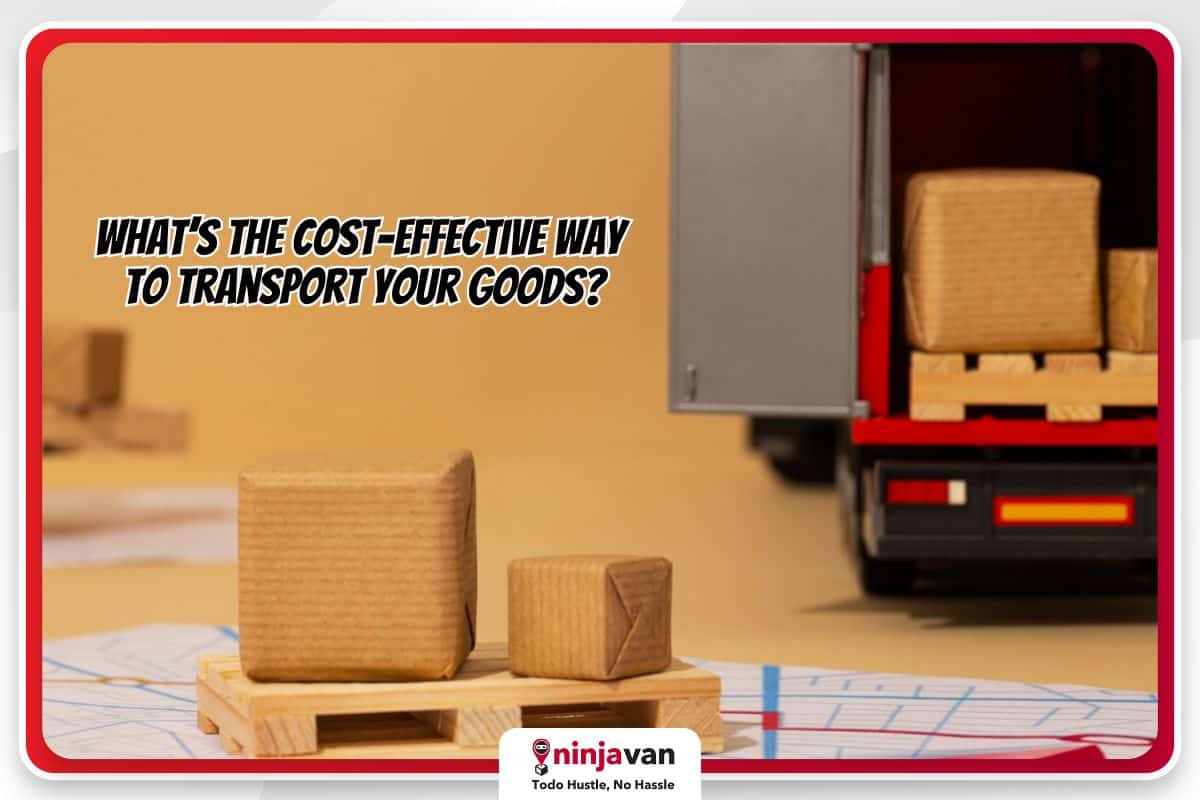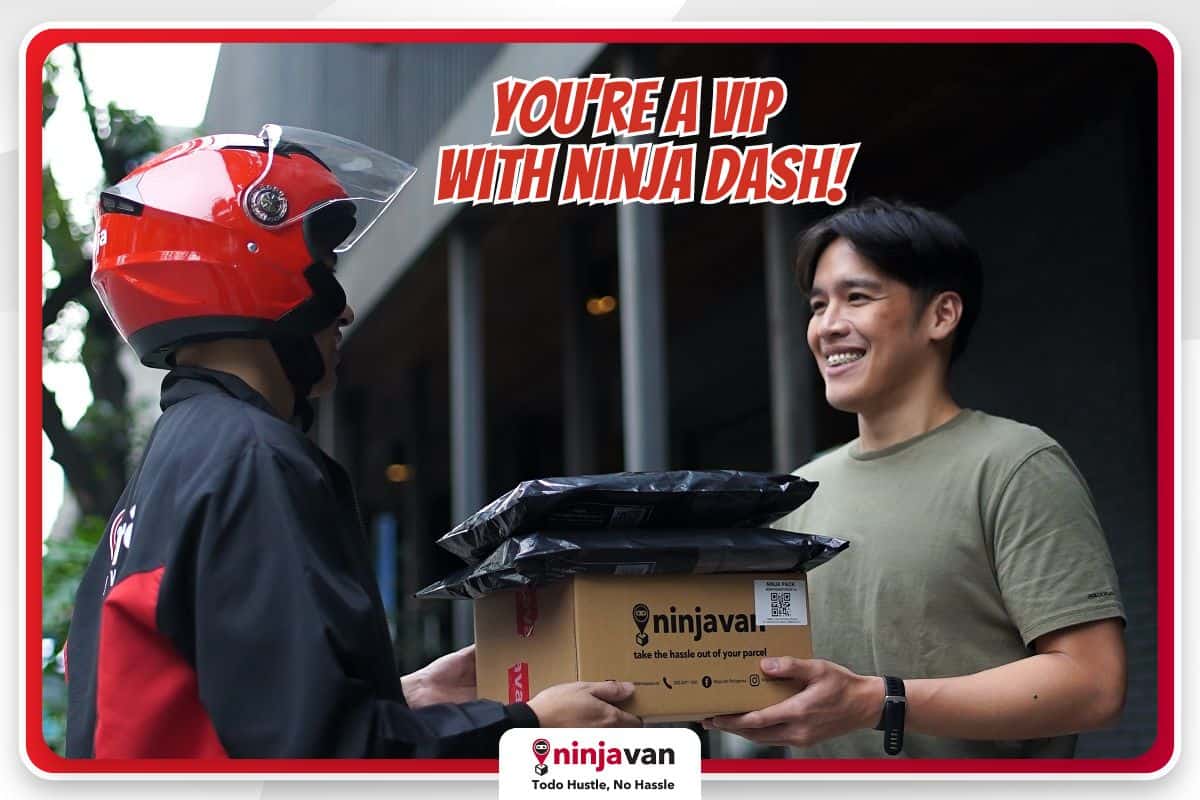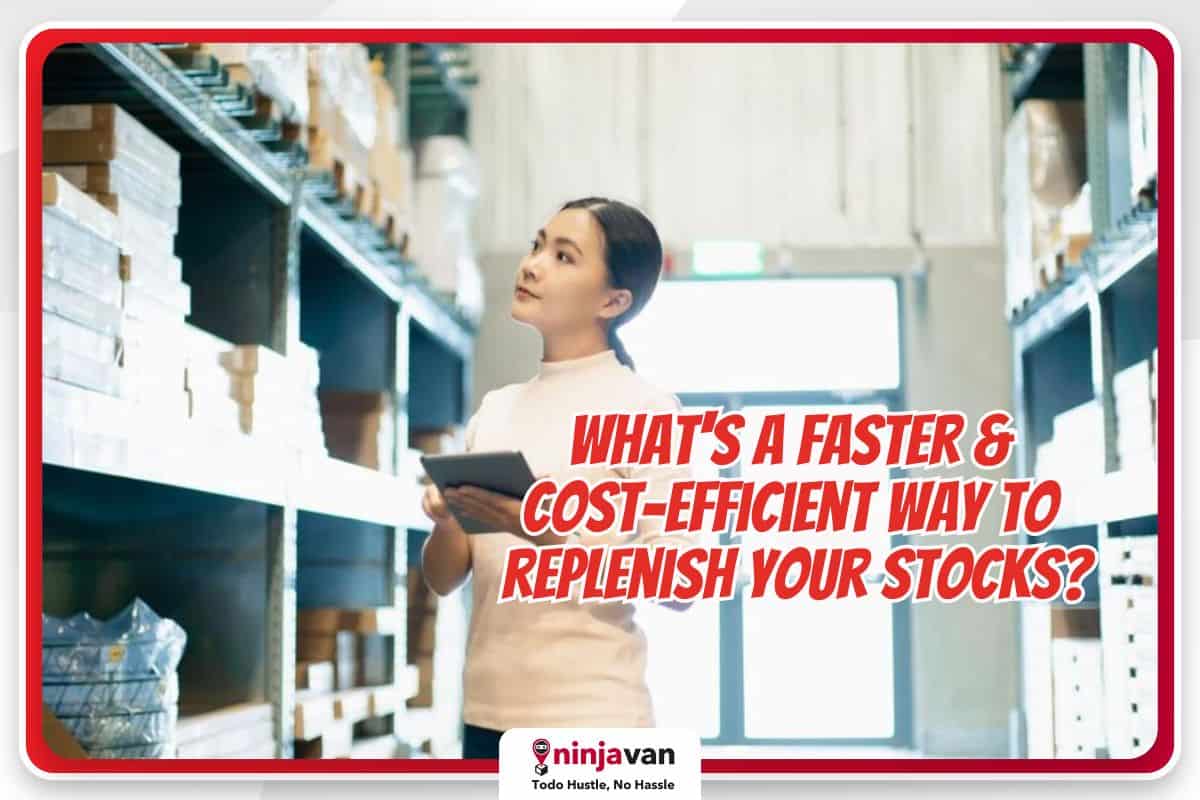Businesses with retail and distribution networks require fast transportation of their inventory or supplies. Depending on their size, they either build their own transport fleet or rely on delivery trucking services.
They have the option between full truckload shipping (FTL) or less than truckload shipping (LTL). Big enterprises prefer FTL, while smaller enterprises with small shipments would use LTL.
But whichever method they use, they mostly rely on on-demand trucking companies that bring some challenges to the business, like:
- Relying on truck availability
- Expensive rates
- Limited area coverage
If you’re a small business with growing retail networks, you’re probably considering these two shipping methods to resupply your stores or transfer your inventory. Here’s a breakdown of FTL and LTL shipping for you.
Also read: From Storage to Shipping, How Ninja Van Can Boost Your ECommerce Fulfillment
What is full truckload shipping?
A full truckload shipment, or FTL shipping, is a mode of shipping where an entire truck is dedicated to a single shipment. In this method, the cargo being transported is enough to fill an entire truck or trailer without the need to share space with other shipments.
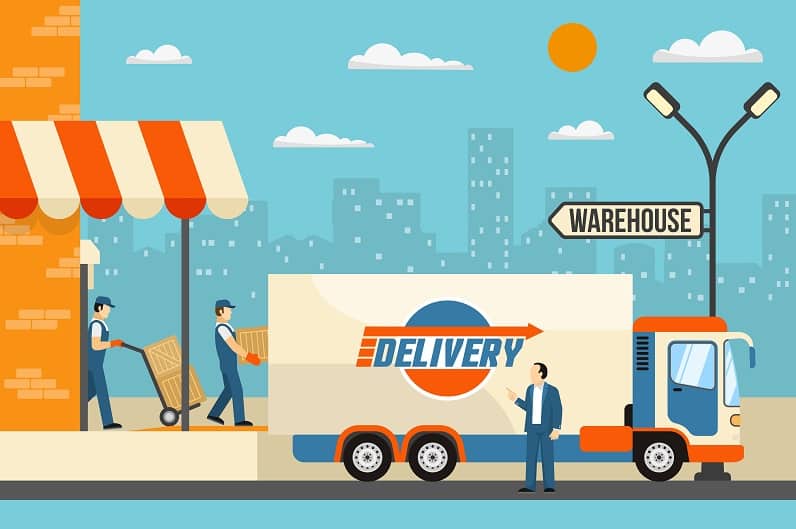
or big volume of goods.
Typically, FTL shipments are used when a company needs to transport a large volume of goods that exceed the capacity of less than truckload (LTL) shipments.
FTL is suitable for businesses that require secure and direct transportation of their goods, providing a dedicated mode of delivery that ensures the entire truck is utilized for their specific cargo, reducing handling and potential transit delays.
Who uses full truckload shipping?
- Manufacturers. Often ship large quantities of finished goods to distributors or retailers.
- Industrial companies. Transport heavy machinery, equipment or raw materials.
- Retailers. Receive large shipments of products directly from manufacturers or distributors.
- Food and beverage companies. Transport bulk quantities of ingredients or finished products.
- Agriculture. Move large harvests or livestock across the country.
- Construction. Ship building materials, prefabricated elements, or heavy machinery.
What is less than truckload shipping?
Less than truckload, or LTL shipping, involves the transportation of smaller freight or cargo that doesn’t fill an entire truck. It allows multiple shipments from different customers to share space within the same truck.

for the space utilized and you share the costs with other shipments.
It’s cost-effective for businesses shipping smaller loads as they share the transportation costs with other companies. LTL carriers use hubs to consolidate and distribute these smaller shipments efficiently, optimizing routes for cost savings and timely deliveries.
Who uses less than truckload shipping?
- Small and medium-sized businesses (SMEs). Often don’t have enough volume to fill a whole truck.
- Ecommerce businesses. Ship individual orders or smaller batches to customers.
- Wholesalers and distributors. Distribute smaller quantities of products to various retailers.
- Automotive industry. Transport car parts, accessories, or finished vehicles.
- Furniture and appliance companies. Ship individual pieces or smaller orders to consumers.
- Medical and pharmaceutical industries. Deliver sensitive equipment, supplies, or medications.
Additional considerations for FTL and LTL shipping:
Ultimately, the choice between FTL and LTL depends on various factors like your shipment size, budget, delivery time and cargo type.
But here are some more considerations when choosing between the two methods:
- High-value or fragile goods are often shipped FTL for increased security and faster delivery.
- Time-sensitive shipments may benefit from FTL to avoid delays at consolidation hubs.
- Businesses with unpredictable shipping volumes might prefer LTL’s flexibility and cost-effectiveness.
- Small businesses with scheduled smaller shipments can benefit from a long-term partnership with an LTL delivery trucking service, instead of relying on booking on-demand trucking companies every time.
- Small businesses with a small fleet can partner with a B2B trucking service (whether FTL or LTL) to serve as an expansion of their fleet for faster deliveries and wider area coverage.

Ninja Van’s B2B resupply and trucking services for SMEs
Make an informed decision about which shipping option best suits your business needs. But more importantly, partner with a reliable delivery trucking service to make sure your shipment is handled safely and delivered on time.
With Ninja Restock, a B2B resupply and trucking service for SMEs, you’re working with a logistics company with the experience and wide network to transport your goods when you need them, where you need them.
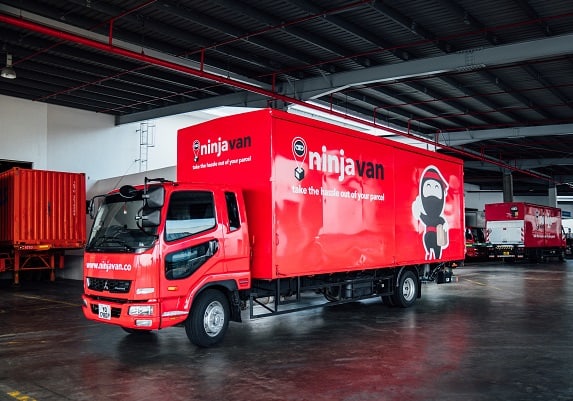
We’ll help streamline your supply chain with our fast and affordable B2B resupply logistics service. We provide full truckload or less than truckload shipment to deliver your supplies and inventory:
- Warehouse to warehouse
- Warehouse to store (and vice versa)
- Store to store
Our cost-effective B2B resupply logistics offers flat, per CBM rates compared to expensive on-demand trucking services. You can save while increasing your business efficiency.
Want to learn more about Ninja Restock? Talk to our logistics advisors today!
More end to end logistics solutions for your business:
How 3PLs Help Your Ecommerce Business Grow
The Benefits of Postpaid Shipping for E-commerce
Shipping from China to the Philippines: An Easy Guide

